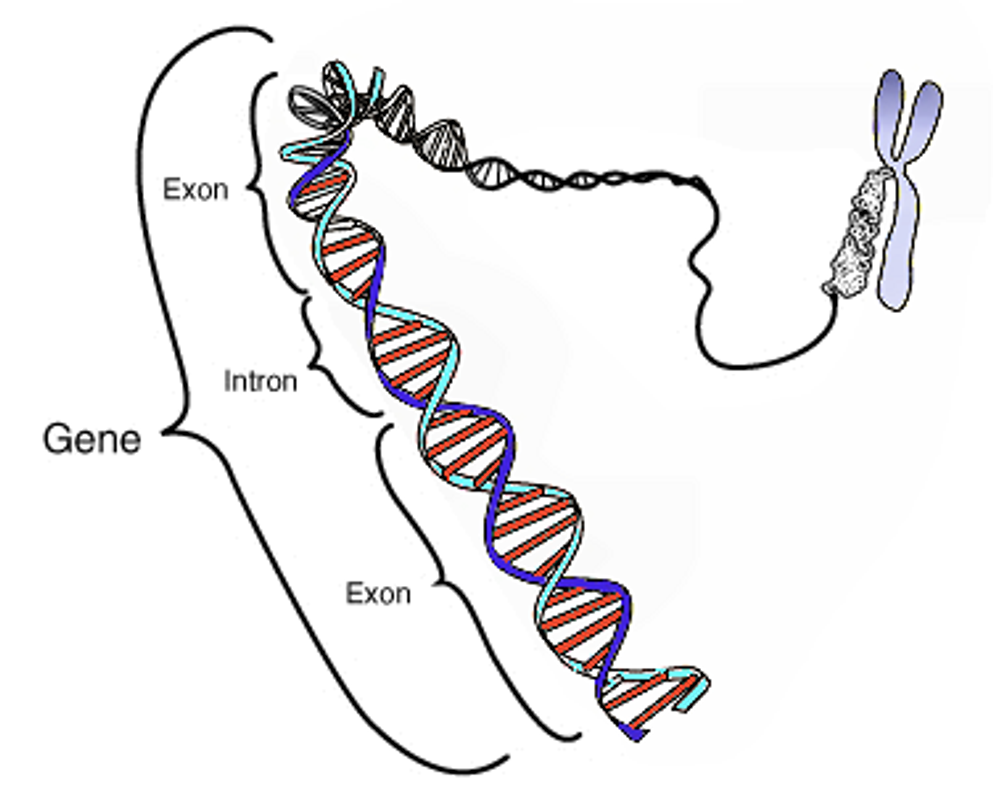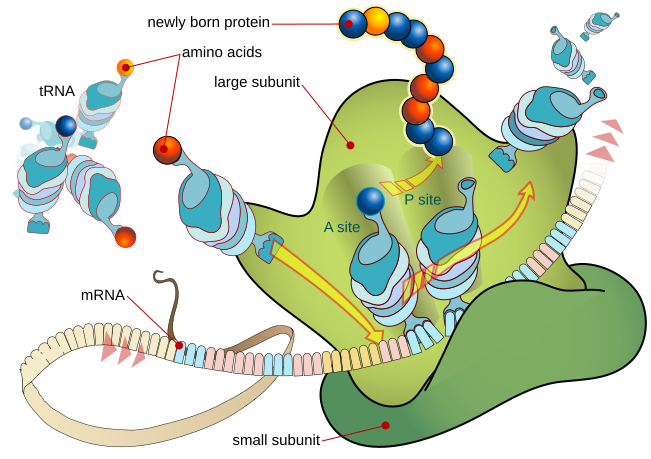Exploring the Dynamics of Gene Expression: Unveiling the Molecular Mechanisms Underlying Cellular Function
Introduction:
Gene expression, a cornerstone of cellular biology, governs the intricate processes by which genetic information encoded in DNA is translated into functional molecules essential for cellular function. From transcriptional initiation to protein synthesis, this complex molecular ballet orchestrates the diverse activities within cells, dictating their identity, behavior, and response to stimuli. Join us on a scientific expedition into the fascinating realm of gene expression, where we delve deep into the molecular mechanisms that underlie this fundamental biological process.
The Molecular Machinery of Gene Expression:
Gene expression unfolds through a meticulously orchestrated series of biochemical events, initiated by the binding of transcriptional machinery to specific DNA sequences. This initial step, transcription, involves the recruitment of RNA polymerase enzymes to gene promoters, where they catalyze the synthesis of RNA transcripts complementary to the template DNA strand. The resultant transcripts undergo processing, including splicing and modification, before being translated into functional proteins or regulatory non-coding RNAs.
Transcriptional Regulation:
Balancing Act of Transcription Factors and Regulatory Elements: Transcriptional regulation lies at the nexus of gene expression control, where the interplay between transcription factors and cis-regulatory elements dictates the timing, amplitude, and specificity of gene transcription. Transcription factors, acting as molecular switches, bind to specific DNA motifs within enhancer and promoter regions, modulating the recruitment and activity of RNA polymerase complexes. This dynamic regulatory landscape, shaped by epigenetic modifications and chromatin remodeling, governs cell type-specific gene expression patterns and cellular responses to environmental cues.
RNA Processing:
Precision Editing of Transcriptomic Diversity: Following transcription, nascent RNA transcripts undergo a series of processing events crucial for their maturation and functionality. RNA splicing, mediated by spliceosomal complexes, excises intronic sequences from precursor transcripts, generating mature mRNA isoforms ready for translation. Concurrently, post-transcriptional modifications, such as capping and polyadenylation, confer stability and translational efficiency to the processed transcripts, fine-tuning their abundance and localization within the cell.
Translation:
Ribosomal Choreography in Protein Synthesis: Translation, the final stage of gene expression, involves the decoding of mRNA transcripts by ribosomes to synthesize polypeptide chains based on the genetic code. Initiated by the assembly of the translation initiation complex at the mRNA's 5' cap, ribosomes traverse the mRNA in a stepwise fashion, guided by codon-anticodon interactions with aminoacyl-tRNA molecules. This orchestrated process culminates in the synthesis of functional proteins, whose structure and function dictate cellular phenotype and behavior.
Regulatory Networks:
Orchestrating Cellular Responses and Phenotypic Diversity: Gene expression is intricately regulated by complex networks of signaling pathways, transcriptional cascades, and epigenetic modifications that integrate environmental cues with cellular physiology. These regulatory circuits modulate gene expression dynamics, enabling cells to respond dynamically to developmental cues, metabolic demands, and pathogenic challenges. Dysregulation of these regulatory networks underlies a myriad of human diseases, highlighting the importance of understanding gene expression in health and pathology.
Conclusion:
Gene expression stands as a cornerstone of cellular biology, underpinning the complexity and diversity of life. By unraveling the molecular mechanisms that govern gene expression, we gain profound insights into the fundamental principles of cellular function and disease pathogenesis. As we continue to explore the dynamics of gene expression, we pave the way for transformative advances in biomedicine, personalized therapeutics, and the elucidation of the intricate workings of the living world.
Recent Posts
-
Exploring the Dynamics of Gene Expression: Unveiling the Molecular Mechanisms Underlying Cellular Function
Introduction: Gene expression, a cornerstone of cellular biology, governs the intricate process …13th Mar 2024 -
Your first blog post!
Welcome to your blog!A blog is a great place to share details on your products, business and whatev …15th Feb 2014




